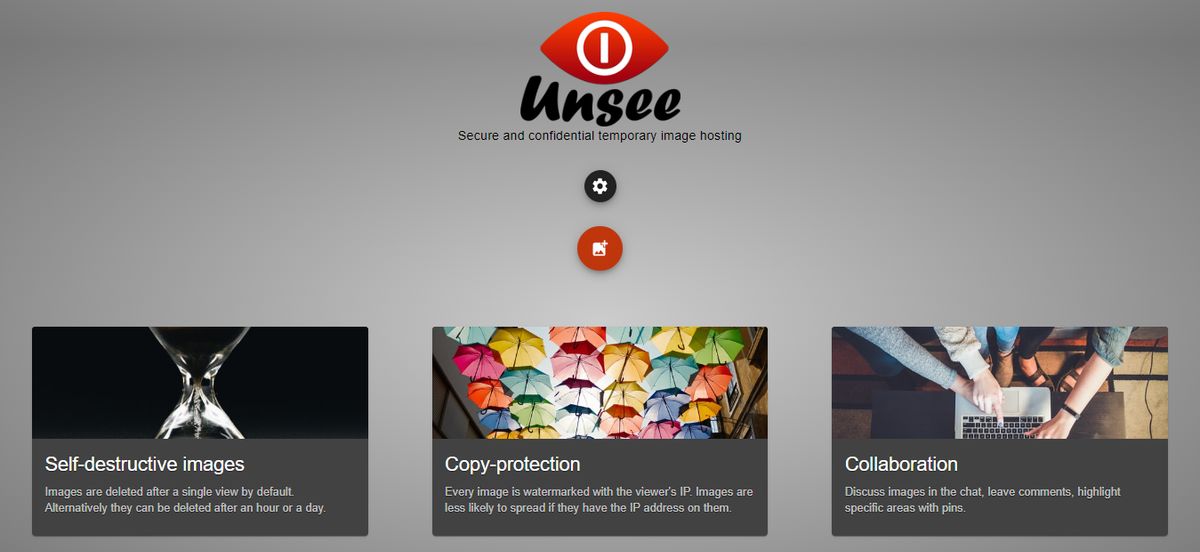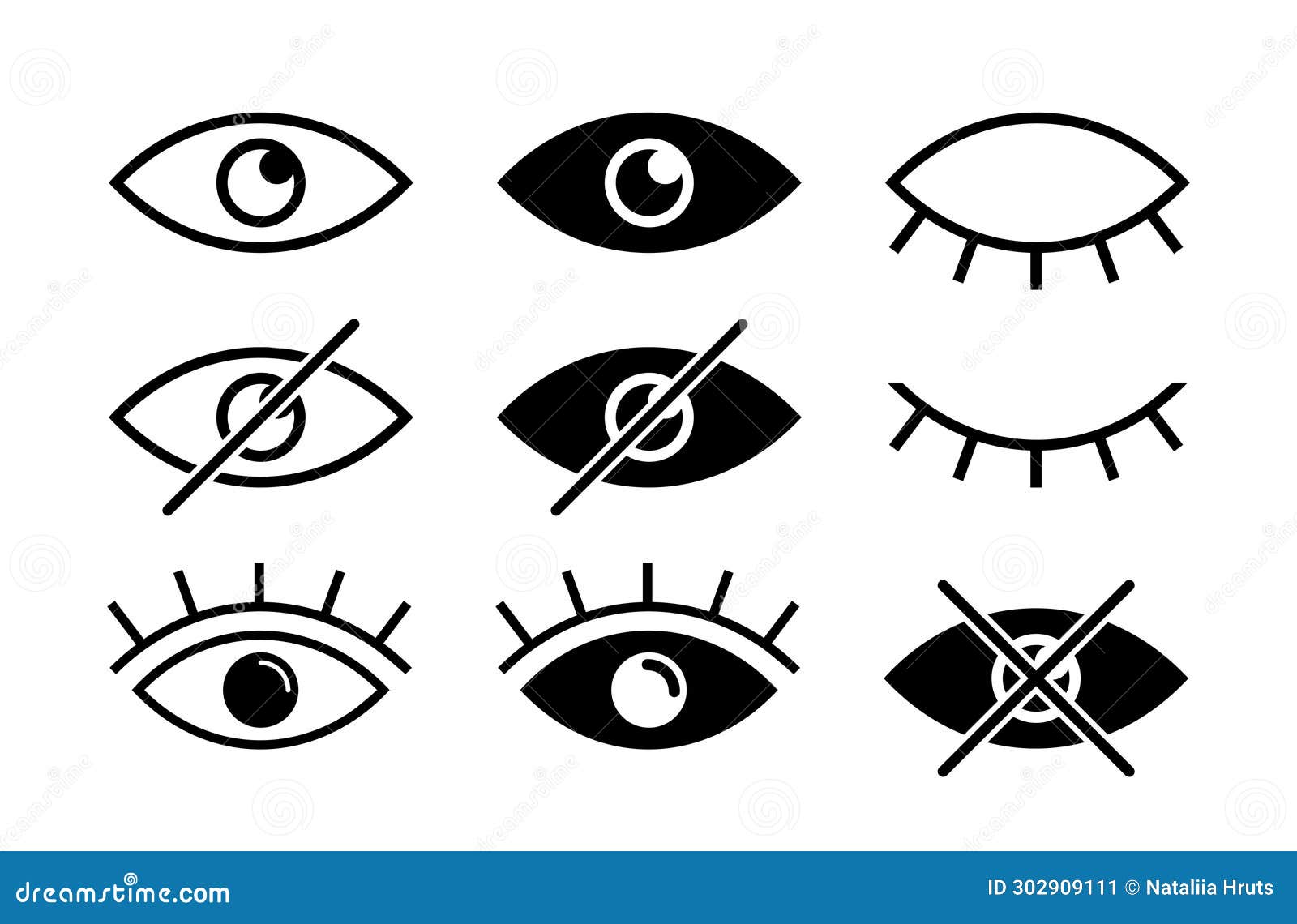In an age saturated with information, images, and fleeting digital experiences, have you ever wished you could simply unsee something? The concept of curating an "unsee list" a personal archive of things you'd rather forget is not just a quirky idea; it's a growing phenomenon reflecting our struggles with information overload and the desire for mental well-being.
The term "unsee list" itself is a colloquialism, a phrase that encapsulates the desire to shield oneself from unwanted or disturbing content. It speaks to a fundamental human need: the need to protect our minds from the constant barrage of potentially damaging information. Think of it as a digital form of selective amnesia, a conscious effort to curate the contents of our minds and safeguard our mental health. This is especially pertinent in the age of readily available content, and the emergence of platforms that cater to the temporary sharing of images, videos, and other files.
Before we delve further, let us examine a more concrete example:
Let's consider the case of someone wanting to share a photograph with friends without wanting to flood a WhatsApp chat or other social media platforms. There are many reasons for this.
| Concept | Unsee List |
| Definition | A personal catalog of experiences, images, or moments one wishes to erase from memory. It serves as a reminder of things to avoid or forget, creating a protective mental barrier against unwanted memories. |
| Purpose | To protect mental well-being by filtering out disturbing or unwanted content and experiences. |
| Relevance | Gained immense relevance in the digital age due to the abundance of content and information overload. |
| Functionality | Serves as a way to easily monitor all the posts made in the forums without overloading your inbox with email notifications. |
| Characteristics |
|
| Application | Managing one's digital life, protecting mental health, and curating content consumption. |
| Related platforms and services |
|
| Challenges and concerns |
|
| Impact of Digital Age | The concept resonates with individuals bombarded with information and content. |
This article continues to unravel the significance of "unsee lists," explores why they are increasingly relevant, and provides guidance on how you can effectively manage your own personal "unsee" experience.
The origins of the unsee list concept aren't rooted in any specific date or place, but rather in the evolving landscape of the internet. As digital platforms became more ubiquitous, and user-generated content exploded, the sheer volume of information available to each of us reached unprecedented levels. It became increasingly challenging to filter what we saw and experienced. We were no longer just consuming curated content from media outlets, but were also exposed to a deluge of amateur galleries, unfiltered forums, and unvetted opinions. The unsee list arose as a response to this digital overexposure, a way to regain control over ones cognitive space.
The initial function of the unsee list may have been quite straightforward; to categorize experiences or visuals that were simply unpleasant or shocking. However, over time, the motivations for creating and maintaining these lists have become more complex. A primary driver is a desire to protect mental well-being. Seeing something disturbing can trigger a range of negative emotions, from sadness and fear to anger and disgust. By consciously avoiding these types of content, individuals can minimize the impact on their mental state. The unsee list can also be a tool for personal growth, allowing people to recognize patterns in the content they find upsetting, and potentially identify the sources of their triggers.
Consider the practical implications. In the digital world, where anonymity is prevalent, and content can quickly go viral, the unsee list offers a form of digital self-defense. It can involve consciously avoiding particular forums, websites, or social media accounts known for hosting disturbing content. It also involves adopting strategies for managing ones online environment. This can range from simply muting users to utilizing filtering tools. These might include browser extensions designed to block certain content. In effect, the unsee list is a proactive way of cultivating a healthier relationship with the digital world.
One can think of this as a form of content curation. Instead of merely consuming whatever is served up by algorithms, those who maintain an unsee list consciously make choices about the content they encounter. It's akin to a personal media diet, where one carefully selects what is "fed" to the mind. In this way, the unsee list becomes a tool for agency. Rather than being swept away by the current of the Internet, users are able to actively shape their own experiences.
However, the unsee list is not without its complexities. One issue is the potential for avoidance. While the unsee list is a useful tool for self-protection, it can also contribute to the formation of echo chambers. By avoiding content one finds disagreeable, people may inadvertently limit their exposure to diverse perspectives, or even information they could use for self-growth. There's also the challenge of maintaining the list itself. In a dynamic digital environment, new content constantly emerges, and it can be difficult to keep up. The unsee list requires constant attention and vigilance.
Beyond the purely digital realm, the principles of the unsee list have wider applicability. They can be applied to real-world experiences and memories. For example, someone might choose to avoid certain places, people, or situations that trigger unpleasant memories. The unsee list, in this broader sense, becomes a tool for managing not just online content but also a person's overall well-being.
The appeal of the unsee list is undeniable, especially among those who spend significant time online. It gives users a feeling of control in an environment that is often perceived as chaotic. It provides a framework for protecting oneself from potentially harmful content. By taking proactive measures, individuals can cultivate a more positive and productive digital life.
When one delves into the specifics, there are several ways of practically implementing an "unsee list." It begins with self-awareness. Individuals must be aware of the kinds of content or experiences that trigger a negative reaction. This could range from images and videos to specific types of news articles or forum discussions. Once these triggers are identified, the next step is to take action.
One common approach involves blocking or muting specific users or accounts on social media. In various platforms, this feature is simple to use. This prevents the user from seeing the content they generate. Browser extensions, which block specific websites or filter keywords, are another valuable tool. For example, someone who is sensitive to depictions of violence might install an extension that blocks all content containing those keywords.
Another practical aspect is careful content consumption. Its about making active decisions about what to consume. The unsee list may involve consciously choosing to avoid certain news sources or types of media. This may involve being wary of algorithms that promote the content, and it is important to actively seek out a wide range of views.
For some, the "unsee list" may also involve temporary photo storage. The internet has platforms dedicated to hosting images and videos. These platforms, by providing a secure environment for sharing visual content, directly address the challenge of managing photos in the digital age. Some platforms offer features such as automatic deletion after viewing or a certain time period, providing control over the visibility of shared content.
It is also necessary to be aware that, even with careful content curation, the internet can sometimes expose one to unwanted content. Sometimes one may accidentally stumble upon something disturbing or triggering. When this happens, it's important to employ strategies for managing ones emotional response. This might involve taking a break from the internet, practicing mindfulness, or seeking support from friends, family, or a mental health professional.
In summary, the "unsee list" is not a simple concept. It is a multifaceted response to the modern digital landscape. It is a framework for protecting oneself from the overabundance of potentially disturbing content. Its significance lies in its power to empower individuals, allowing them to curate their digital experiences and prioritize their mental well-being. As long as the digital world continues to evolve, so too will the ways in which we seek to protect ourselves within it. The "unsee list" and its underlying principles are here to stay.
There are several methods for achieving the aims of an "unsee list." They include:
- Self-Awareness: Recognizing the kinds of content that trigger negative emotional reactions.
- Blocking and Muting: Using platform features to block or mute specific users or accounts.
- Browser Extensions: Employing tools that block specific websites or filter keywords.
- Content Consumption: Making conscious choices about the media consumed.
- Temporary Photo Storage: Utilizing platforms offering secure, private storage with features like automatic deletion.
- Emotional Management: Employing strategies to manage the emotional impact of accidental exposure to unwanted content, such as taking breaks or seeking support.
The "unsee" concept also intersects with the world of amateur galleries and puzzle rooms. The availability of active "unsee" albums and puzzle rooms, updated in real time, can be seen as a symptom of this trend. These platforms offer access to verified galleries with previews, titles, filters, and the ability to submit content. They provide an environment where users can explore and share content within the context of the "unsee" paradigm. It's important to note that engaging with such platforms can be a risky proposition, and users should exercise caution when entering this space.
In conclusion, the unsee list is a dynamic concept. It's a way of navigating the complexities of the digital age. It's a commitment to mental well-being in an environment filled with both abundance and potential harm. As the digital landscape continues to evolve, the unsee list will be an evolving tool. Its usefulness lies in its capacity to adapt to the needs of the individuals, enabling them to navigate the digital world and protect their mental and emotional well-being.
- Find Movies Online Netflix Zee5 More Stream Now
- Vegamovies Latest Updates Streaming Legal Battle What You Need To Know


